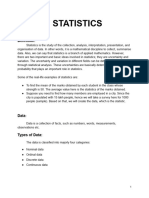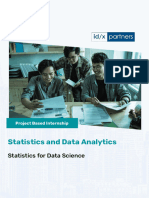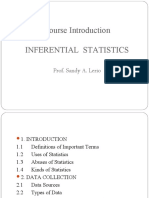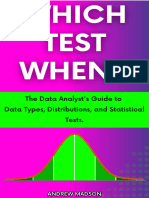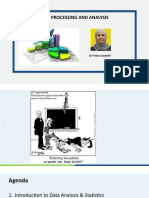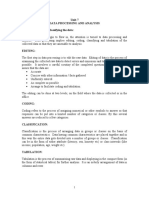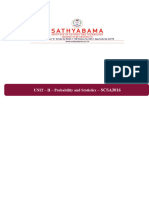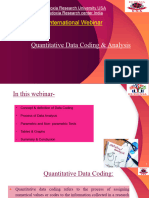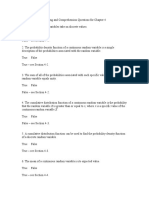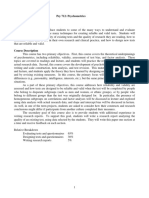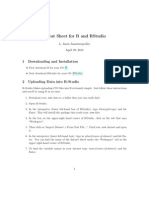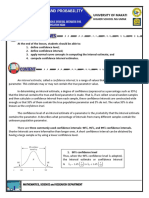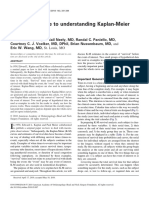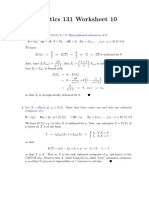0% found this document useful (0 votes)
27 views49 pagesData Analysis
The document provides an overview of data analysis, including important definitions, types of data (qualitative vs quantitative), and methods for analyzing data through descriptive and inferential statistics. It explains various statistical tests, such as t-tests and ANOVA, and discusses measures of central tendency and dispersion. The document emphasizes the importance of understanding data types and distributions for effective statistical analysis.
Uploaded by
alvaaro870Copyright
© © All Rights Reserved
We take content rights seriously. If you suspect this is your content, claim it here.
Available Formats
Download as PPTX, PDF, TXT or read online on Scribd
0% found this document useful (0 votes)
27 views49 pagesData Analysis
The document provides an overview of data analysis, including important definitions, types of data (qualitative vs quantitative), and methods for analyzing data through descriptive and inferential statistics. It explains various statistical tests, such as t-tests and ANOVA, and discusses measures of central tendency and dispersion. The document emphasizes the importance of understanding data types and distributions for effective statistical analysis.
Uploaded by
alvaaro870Copyright
© © All Rights Reserved
We take content rights seriously. If you suspect this is your content, claim it here.
Available Formats
Download as PPTX, PDF, TXT or read online on Scribd
/ 49
